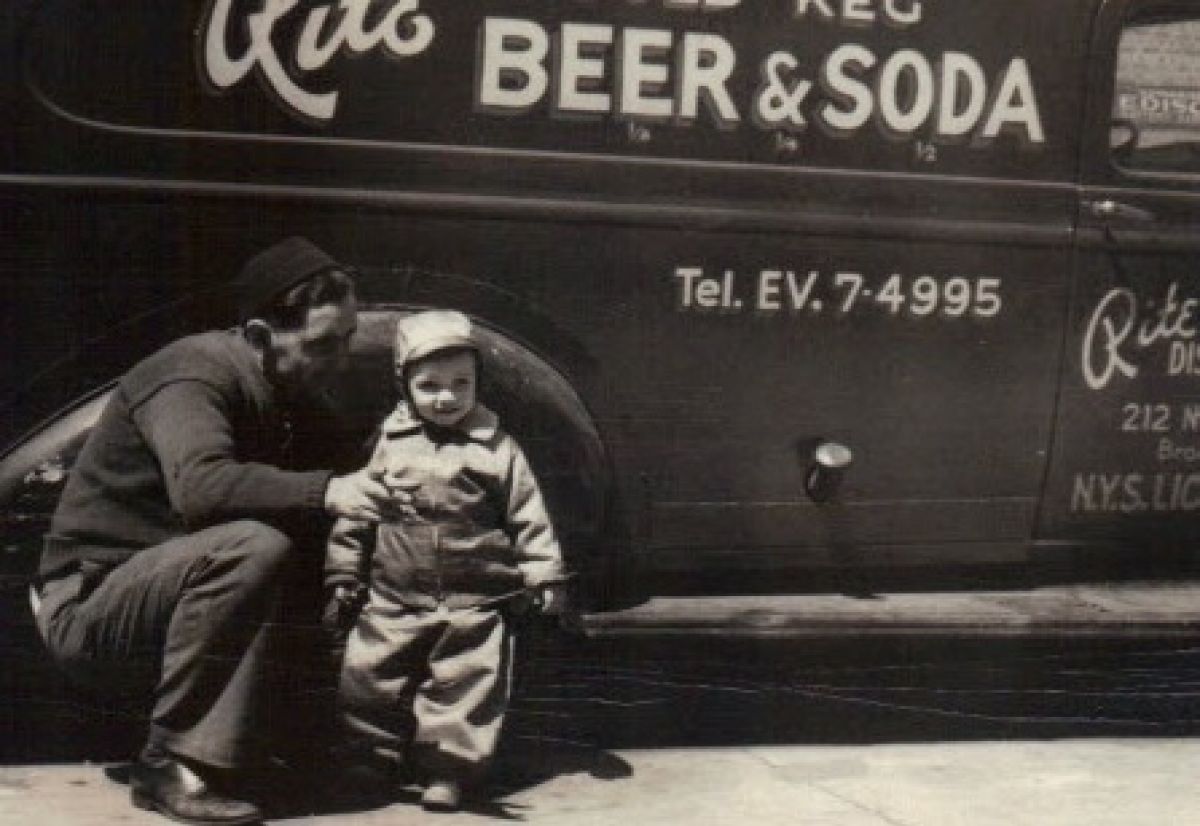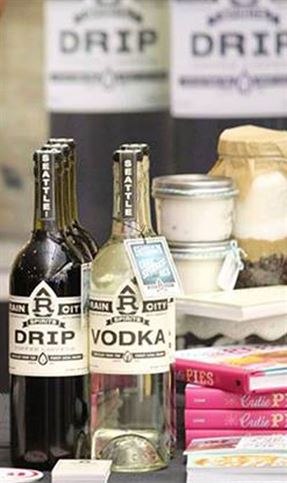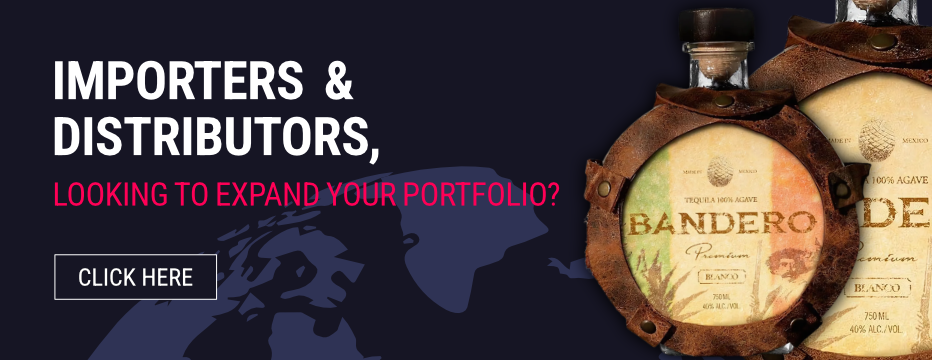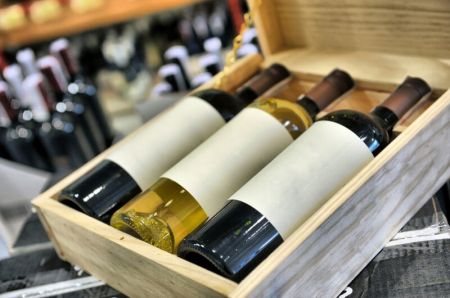Sommeliers Choice Awards 2024 Winners
How To Get Your Brands Into Specialty Distributor Portfolios.
BTN takes a look at how to expand your distribution and grow your sales using specialty distributors.

As distributors continue to get gobbled up by industry giants across the USA, there is an decreasing number of distributors priding themselves on carrying a wide variety of independent labels. That's not to say that they have all disappeared, but keep in mind that even indy distributors who carry SABMiller and ABInBev are continually being pressured by big money to carry your arch nemesis' new market offerings.
This means that not only are they securing distribution companies in an attempt to grow their footprint, but they are also squeezing out space in your friendly distributor's portfolio with SKUs whose pricings you just simply can't compete against. With those attractive margins, you can also bet that distributor energy is focused on moving the opposing team's offering over your craft label.
In order to grow your distribution in this day and age, you need to focus in on the companies that are still championing the independent scene. Keep track of your local and national craft distributors and stay on top of who is working hard to represent new labels in this highly competitive market. (Recently Ace Distributing, Mims Distributing, and Origlio Beverage in the east as well as Central States Distributing and Mussetter Distributing (among a host of other great companies across the US!) were recently nominated by the NBWA as the 2014 Craft Beer Distributor of the Year Award.)
There are a number of other “All other” houses - independent distribution companies that don't commit to exclusive portfolios and offer good market penetration to small and mid sized beverage companies - and small, niche market distributors available to craft labels. The trick is knowing how to pick the right ones and how to approach them after you've made your decision. These guys are still fighting for your shelf space, so start by looking at what you can do to get your beers in their portfolio.
As you get started in on your research, consider the following points when looking at your potential distributor's portfolio:
1. Understand what your distributor is looking for when they choose a brand.
All though there are no exact guidelines, you can typically figure out a distributor's selection process by looking at other brands in their portfolio. Are they typically selecting SKUs on price, ingenuity, volume, packaging, value, % margin, programming etc? As you figure out what makes each distributor unique, try and provide customized brand pitches that offer a close replicate to that of their high performance labels.
If you are actively communicating with reps and management, then it doesn't hurt to simply ask them what their perfect SKU would be. After all, going right to the source is the sure way of knowing you are getting the genuine product. If they do give you the goods, then it's just a matter of benchmarking your business against those of their requirements. If you're really on the ball, then you've started your research early enough that you can build your business model around a brand line-up geared towards successful distribution with VIP companies.
Sometimes it's better to start small in order to fully appreciate the scope of what you are about to undertake. If you think getting a small distributor, one who employs a small staff and services a few accounts, is your best bet to get started, then chances are you won't need to do as much research as compared to pitching larger houses. Take this time to really understand the distribution business and build your accounts. As the industry landscape reveals itself, start looking at the needs of larger distribution companies and shape your business model into a competitive choice.

Seattle based Rain City Spirits used specialty distributors to expand their “Drip” Coffee Liqueur and Small Batch Vodka.
2. Look at how many brands they carry
The number of brands in a distributor's portfolio can tell you a lot about their company's capacity to represent you and your SKUs. Finding the right balance between big and small can mean the difference between fluid orders and overstock discounts.
If you are looking to dramatically increase your distribution, you'll need to gauge your companies needs against the opportunities and drawbacks when you are looking at larger companies. Some good questions to ask yourself are:
Is this portfolio saturated?
Are they currently expanding their portfolio?
If they do take me on, can they dedicate enough time to creating a market for by brand?
What brands look like they are underachieving – can I be a viable replacement?
What is their brand turn over rate?
Sometimes putting pressure on distributors when their hands are full can be a recipe for disaster. Ninety-nine times out of hundred, you'll receive a flat out NO and even if you are picked up, you might end up at the bottom of their priority list. Whether they are looking for new brands or not, you will need to offer a complete package - high margins, stock order fulfillment, full support programs and great packaging – in order to really get their attention and give them the necessary encouragement to push your products across down the line.
A distributor with a smaller list usually indicates they work niche markets or less volume. Just as you would do with the larger companies, you'll need to assess if this distributor works for your business plan. Ask yourself:
Will they be able to provide high enough flow through rates?
Are they actively servicing new accounts?
How often do they pick up new brands?
Will they be able to provide the necessary support for my brands?
Some distributors specialize in helping create markets for new labels. They provide direction for your POS and support programs and work side by side as a fundamental part of your business strategy. Others are bare-boned, get your beverages to the store, kind of operartaions. You'll need to gauge how different small distributors operate and pick the right one for you.
3. Understand what types of retailers they service.
Looking at what accounts they have is also a good way to appraise how well a distributor will fit your needs. Consider visiting a few of the shops and talking with the owners/employees. Ask them about their best sellers and trending brands and establish if you will be a good fit for their shelves.
Distributors who specialize in chain stores/large retail are expecting labels they carry to be able to keep up with stock orders and offer great support programs. Before you start dreaming about the big pay day, you should look at your capacity and determine if you can fulfill the needed volume that they work with. Once you've got the volume, you'll need to put some serious time and money into developing tasting programs and merchandising/POS to get your products moving and keep your retailers happy.
.jpg)
Colorado's Centennial Beer Co. concentrated on craft oriented distributors to find markets for their canned craft beer.
Distributors who service mom and pop shops are more like to be dealing with targeted markets, but in smaller volumes. You'll still need to offer support programs and keep up with orders, but you'll be less likely to permanently lose your place on their shelves if you have a slow season or miss an order.
4. Get Personal
You can't deliver your elevator pitch if you don't know who to talk to. So, now that you've got a good list of potential distributors, it's time to start networking. Getting familiar with the staff BEFORE your sales pitch ensures that you are ready to deal with any unique personalities.
Start by finding out who is in charge of sourcing new products. It's relatively easy to do, but you'll want to be careful not to burn any bridges while you are getting in contact with them and assessing their character. A good example of something to find out before you head into your elevator pitch is what their favorite brands are and why. Getting this type of information helps you get into their psyche and understand what you will need to do to successfully present your brand.
You'll also want to get familiar with the list of regional managers and what accounts they service. The more you know about the people the easier it is to know what the company truly represents – that means everything from their favorite TV show to how many cases they expect to be delivered in your first order.
5. Perfect your Sales Pitch
The final piece of the puzzle is actually getting distributors to pull the trigger. It can be heart breaking to go into a sales meeting with high expectations of a new contract, only to have them dashed by an overworked distributor rep who can't find space for your brand in their portfolio.
The best way to make sure this doesn't happen is to be prepared. Make sure you go in knowing the profit margin they expect, ready to educate them on why your brand is a perfect match for their company and willing to offer them as much support as they need.
Oh yah...Don't forget to bring your sales literature, sample contracts, order sheets, credit forms, sell sheets, overview cheat sheets and, most important, thank them on your way out!
For more help perfecting your sales pitch, please read our Ultimate Guide For Brands Seeking Distribution and How To Present Your Brand
Not a BTN Member yet?
Get BTN Premium membership and have full access to articles and webinars on BTN + other benefits like:
Full Access to BTN Consultants
Full Access to Buying Leads
Post Unlimited Brands
Full Access to all Articles and Webinars
Full Access to BTN Live conferences presentations and speaker sessions
Discounted rates to exhibit at major partner events and conferences
And Much More...
Your BTN membership will reduce your trial and error time: Why experiment with your branding and distribution when you can fast-track your time to success? Get 'How to do it' content which will help you improve your sales and grow your distribution. Just one article can help you make better decisions and improve your distribution strategy. Try it






.jpg)








